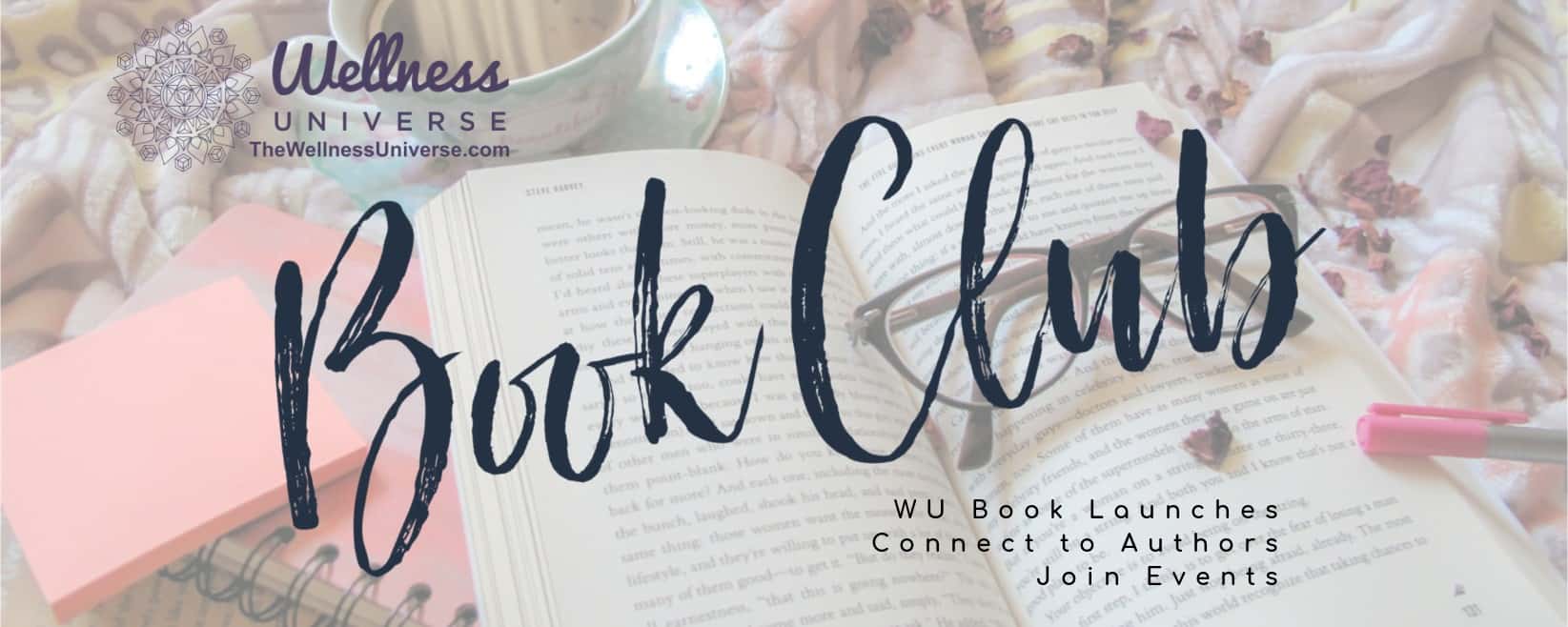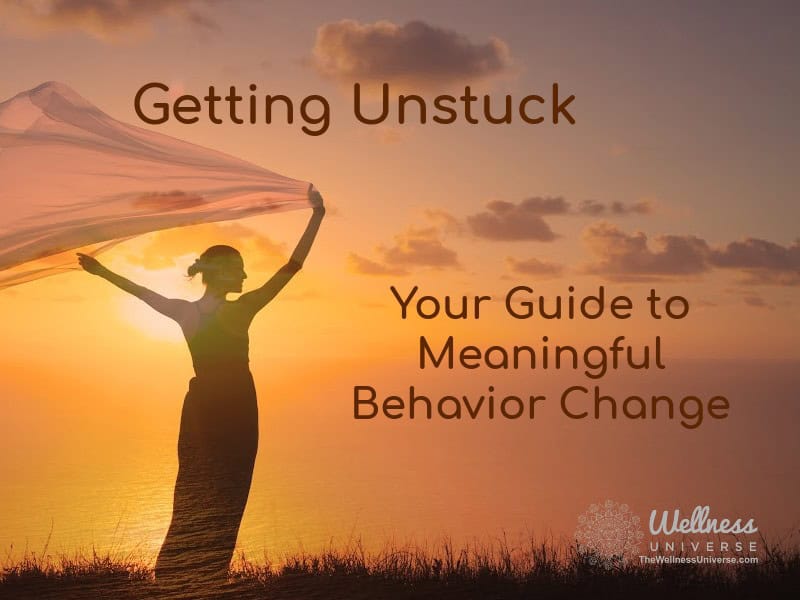Shame 101: 3 Steps to Start Unloading the Heavy Weight of Shame. Part 1 of a 3-Part blog series
In October 2018, I wrote and published a blog titled, 10 Tips to Stop Shaming Yourself.
It got a lot of hits and a lot of reads. I took that to mean the topic resonated with folks. And when I re-read that blog, I realized it only scratched the surface of this important topic. So, welcome to the first of a 3-part series on shame. This one, Shame 101: 3 Steps to Start Unloading the Heavy Weight of Shame, is an introduction and overview of what shame is and why we need to stop trying to outrun it.
You might be thinking, what? An introduction and overview on shame? Why in the world would anyone want to read an article on THAT god-awful topic?
Well, I’m here to tell you this is a topic A LOT of people struggle with and don’t want to talk about, and that is precisely the problem or conundrum. Shame thrives in the dark, which means shedding light on it, what it is, how it shows up, where it sits in our bodies, getting it out by talking about it, and more, begins the process of untethering ourselves from it.
Shame is the intensely painful feeling or experience of believing that we are flawed and therefore unworthy of love and belonging. ‘I am bad.’ ‘I am a mess.’ The focus is on self, not behavior.
-Brené Brown
Let’s break down this definition by examining its key parts, starting with “intensely painful feeling or experience.” First of all, shame is a feeling. I don’t know about you, but my work and experience has led me to the conclusion that a lot of people don’t really want to talk about their emotions, nor is it comfortable for them to do so. So right out of the gate, we’re up against some significant resistance. Add the fact that shame is “intensely painful,” and that wall of resistance grows stronger.
What do many of us do with intense, painful feelings? We deny them, or try to silence them by drinking, eating, gambling, taking drugs, smoking, shopping, staying busy, or engaging in any other quick relief to distract us from it.
Next let’s look at the part of the definition that describes shame as a “belief.” A “belief” is an idea we think is true. In the case of shame, our thinking tells us we “are flawed.” In other words, there is something wrong with us. Not something wrong with what we do; rather, something wrong with who we are. A quick search of the Thesaurus reveals synonyms for “flawed:” “faulty,” “defective,” “damaged,” “blemished,” “imperfect.”
Think about this for a minute.
Feeling shame is an intensely painful feeling that results from our thinking we are somehow defective, damaged, or faulty just because we exist.
Ouch. That hurts. And then, the belief or thought that we are damaged or defective leads us to conclude we are “unworthy of love and belonging.” In other words, because we are defective or damaged, we are unlovable, and we are therefore not deserving of love or belonging. Big ouch.
When we break it all down, it makes complete sense that most of us would rather distract ourselves from, or go to any length to avoid, feeling shame. It’s friggin’ painful.
The problem is that we take ourselves with us everywhere we go, so there is no way to escape.
Back in the late 1980s, Terry Bradshaw wrote a book called “Healing the Shame that Binds You,” which was a big hit and made the rounds in the recovery community. I bring it up here because I want you to think about that title for a minute, especially the part about shame binding you. The truth of the matter is that shame, when not talked about or dealt with, ties us up and keeps us from being our best and truest selves.
The origins of shame have many birthplaces. Whether we feel shame as a result of long-ago schoolyard bullying, someone unintentionally using words or phrases that left us feeling not good enough for whatever reason, or we are survivors of abuse, the lasting, sometimes calcifying effects of the hurt remain. And, though it may not be what you want to hear, it is up to us to decide whether we are going to face those intensely painful feelings, or keep trying to dodge them.
Here’s the deal. We cannot change the past. And, hurt people who don’t resolve their hurt(s) are likely to hurt others.
So, if we don’t deal with our shame, we often end up either hurting ourselves or someone else. In other words, unattended shame can lead to some pretty severe consequences.
Think about the secret(s) you are holding onto because you feel shame. And the lengths you go to in order to make sure others never know certain things about you. You desperately want to be loved, but you don’t want to face that you must first believe yourself worthy of love and belonging. Rather than facing this truth, you continue to tell yourself stories about the circumstances of your life that prevent you from experiencing worthiness. You remain resentful, stuck, or even, perhaps, depressed. You find yourself doing anything, or everything, rather than work to resolve the root causes of the shame.
So, what do we do to take charge and change course? Where do we begin? We need to unload the shame we are carrying around with us. How do we do that?
Take the following three steps:
- Step 1: Recognize and admit you feel shame. I know you think you might lose control or in extreme circumstances die if you do this, but feelings, no matter how difficult, are not facts. And, they lose their power over us when we get them out. Where do you feel shame in your body? What color is it?
- Step 2: Begin to expose your shame to light. How? Get it out of you. Write about it. Name it. Write a story about it. Tell on yourself by writing down the words you use when you think about these feelings of shame or unworthiness. Tell yourself how denying it has helped you, how it has hurt you, and why now is the time to begin to let it go. If that feels like too much, try drawing a picture of your shame.
- Step 3: Notice what happens. Do you feel lighter? Madder? Sadder? Happier? Do you watch yourself go to the cupboard for snacks? Do you want to stay or get busy? When we begin the process of unloading shame, change starts to happen. Write down your observations, and do your best not to judge yourself. Unloading a heavy bag is a process that takes time.
That’s it for now. Practice these three steps and repeat as often as needed. This is enough.
Let us know your thoughts and reactions about Shame 101 in the comments section below. Connecting with others and talking about shame helps heal it, too.
Stay tuned for Part 2 of this series, Shame 102, this time next week.
– Laura
Laura Sharon is a featured author in The Wellness Universe Guide to Complete Self-Care, 25 Tools for Stress Relief. Learn more about this book by joining our Book Club.
All information, content, and material is for informational purposes only and is not intended to serve as a substitute for the consultation, diagnosis, and/or medical treatment of a qualified physician or healthcare provider. The information supplied through or on this page, or by any representative or agent of The Wellness Universe, is for informational purposes only and does not constitute medical, legal, or other professional advice. Health-related information provided through this website is not a substitute for medical advice and should not be used to diagnose or treat health problems or to prescribe any medical devices or other remedies. The Wellness Universe reserves the right to remove, edit, move or close any content item for any reason, including, but not limited to, comments that are in violation of the laws and regulations formed pursuant to the Federal Food, Drug, and Cosmetic Act. None of the posts and articles on The Wellness Universe page may be reprinted without express written permission.

The best books for your best life are The Wellness Universe Guide to Complete Self-Care series. Each filled with 25 tools for your best well-being shared by doctors, therapists, and coaches who believe in holistic, natural ways to be your healthiest and happiest you!
Join The Wellness Universe Book Club to connect with authors, ask questions, engage in wonderful, inspiring conversation, and more. Free to join!


I am an executive and life coach and seasoned learning and performance improvement consultant who uses a wholehearted approach to help clients be their best selves in life and work. My superpower is asking wildly open-ended questions that help people get to the heart of what matters most.


